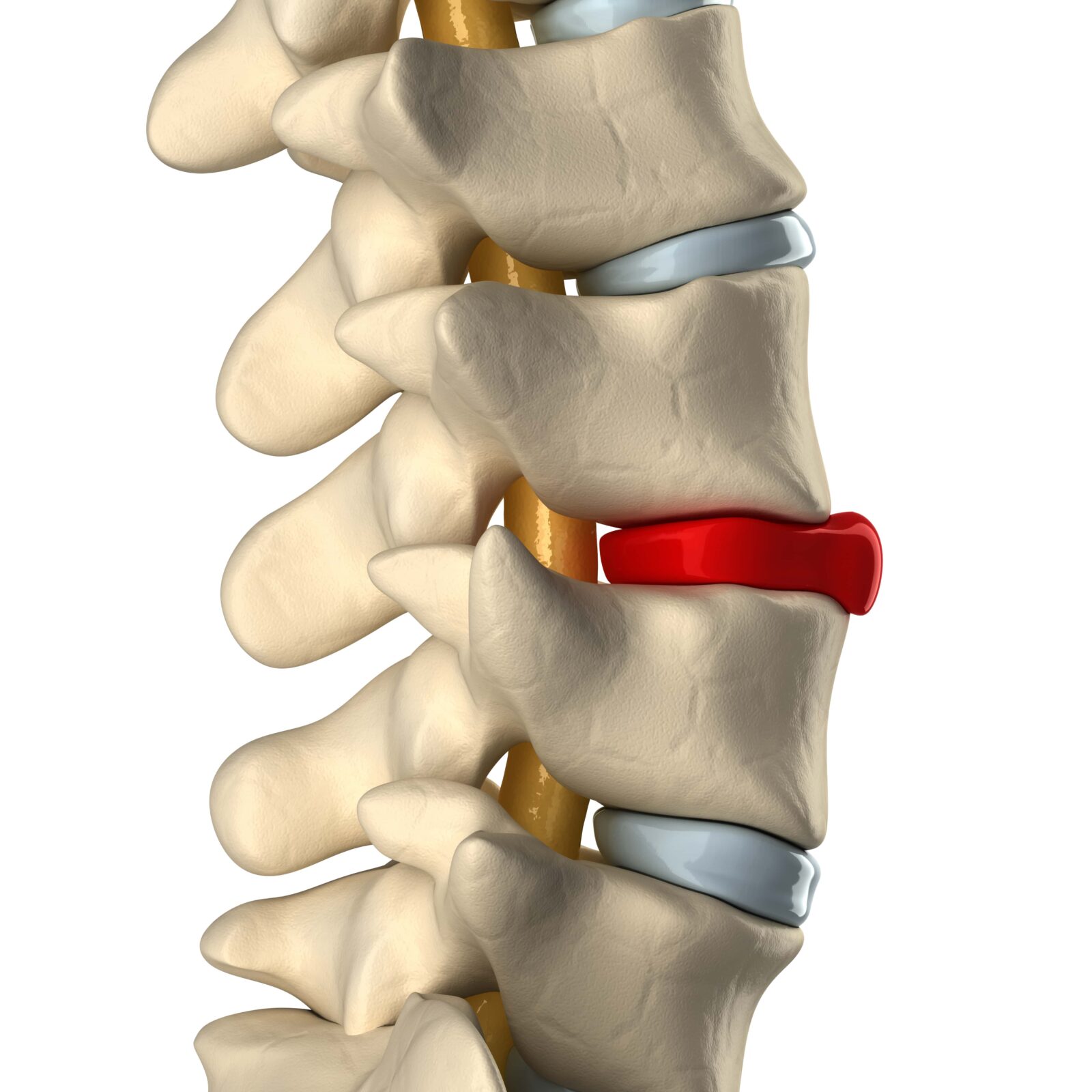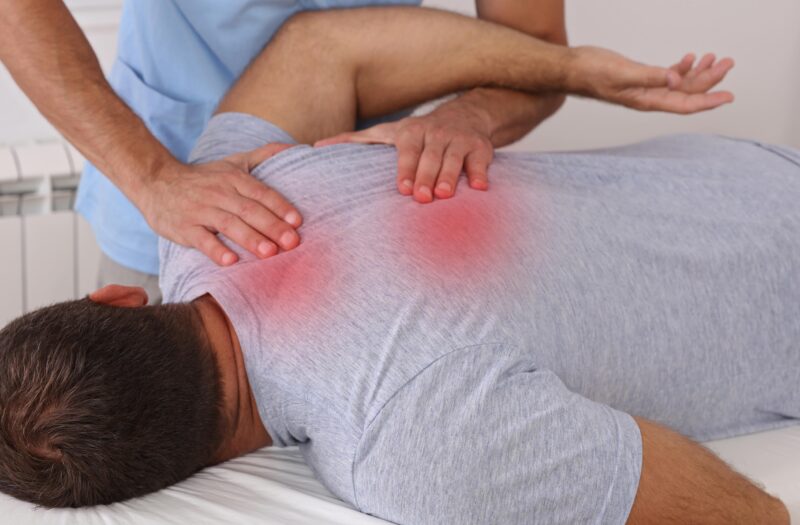The spine serves as the backbone of the human body, not just in its structural role but also as a critical component of our overall health and mobility. Given its importance, the rehabilitation of spinal conditions through physical therapy stands out as a vital aspect of healthcare. Physical therapy plays a pivotal role in helping individuals recover from a range of spinal disorders, from acute injuries to chronic degenerative diseases. This blog delves into the intricacies of spinal rehabilitation, highlighting the various physical therapy techniques employed to alleviate pain, restore function, and enhance the quality of life for those afflicted with spinal ailments. By understanding the multifaceted approach of physical therapy in spinal care, individuals can embark on a journey towards optimal spinal health and improved well-being.
In This Blog:
- Understanding Spinal Conditions
- Principles of Spinal Rehabilitation
- Physical Therapy Techniques in Spinal Rehabilitation
- Benefits of Physical Therapy for Spinal Health
Understanding Spinal Conditions
Spinal conditions can significantly impact an individual’s quality of life, manifesting in various forms and intensities. These conditions often arise from injury, wear and tear, congenital abnormalities, or age-related degeneration. Common spinal disorders include:

- Herniated Discs: This occurs when the cushion-like discs between the vertebrae protrude or rupture, leading to nerve irritation, pain, and often, radiating numbness or weakness in the limbs.
- Spinal Stenosis: Characterized by the narrowing of spaces within the spine, which can compress the spinal cord and nerves, causing pain, numbness, and muscle weakness.
- Degenerative Disc Disease: A condition stemming from the aging process where spinal discs deteriorate, leading to chronic pain, instability, and reduced mobility.
- Scoliosis: A sideways curvature of the spine that appears most often during growth spurts before puberty, potentially leading to uneven posture, pain, and in severe cases, respiratory and cardiac issues.
These spinal issues can severely limit an individual’s ability to perform daily activities, leading to a decline in physical function and potentially affecting mental health due to chronic pain and disability. The impact on quality of life underscores the necessity for effective rehabilitation strategies to manage and alleviate these conditions. Physical therapy, as a core component of spinal rehabilitation, aims to address these challenges by improving physical function, reducing pain, and enhancing the overall health of the spine through various therapeutic interventions.
Principles of Spinal Rehabilitation
Spinal rehabilitation is a comprehensive process aimed at alleviating pain, restoring function, and improving the quality of life for individuals suffering from spinal conditions. The core principles of spinal rehabilitation include:
Pain Relief:
The primary goal in the early stages of rehabilitation is to reduce pain levels. This is crucial for enabling further therapeutic interventions and improving the patient’s comfort and psychological well-being.
Improved Function:
Rehabilitation focuses on enhancing the spine’s function. This involves increasing flexibility, strength, and the ability to perform daily activities without discomfort or risk of injury.
Enhanced Mobility:
Restoring mobility is key, particularly for those whose conditions have led to limited movement. The objective is to return the individual to their optimal level of function, allowing them to engage in normal activities as much as possible.
Personalized Treatment Planning:
A tailored approach is essential in spinal rehabilitation. Treatment plans are customized based on the individual’s specific condition, needs, and goals. This involves a thorough assessment by healthcare professionals to determine the most effective strategies for each case.
The rehabilitation process begins with a comprehensive assessment, including a review of medical history, physical examination, and possibly diagnostic imaging. This assessment helps to identify the specific spinal issues and the extent of their impact on the individual’s function and quality of life. Following this, a personalized treatment plan is developed, which may involve a combination of physical therapy techniques, exercise programs, and possibly other interventions. The plan is designed to address the unique challenges faced by the individual, with the aim of facilitating recovery and preventing further spinal problems. Through this patient-centered approach, spinal rehabilitation seeks to empower individuals to achieve their best possible outcomes.
Physical Therapy Techniques in Spinal Rehabilitation
Physical therapy plays a central role in spinal rehabilitation, employing various techniques to address pain, improve mobility, and strengthen the spine. Key physical therapy methods used in spinal care include:
Manual Therapy:
This involves hands-on techniques to manipulate and mobilize the spine and surrounding tissues. Therapists may use massage, stretching, and joint mobilization to relieve pain, reduce inflammation, and improve range of motion. Manual therapy can help alleviate the symptoms of spinal conditions like herniated discs and spinal stenosis by reducing pressure on nerves and improving spinal alignment.
Exercise Therapy:

Tailored exercise programs are a cornerstone of spinal rehabilitation. These programs focus on strengthening the core muscles that support the spine, improving flexibility, and enhancing overall stability. Exercises may include specific stretches, core strengthening activities, and low-impact aerobic conditioning. This approach not only helps in the recovery process but also plays a crucial role in preventing future spinal issues.
Modalities:
Physical therapists often use various modalities to reduce pain and inflammation. These can include heat therapy, which helps relax muscles and reduce stiffness; cold therapy, which can alleviate inflammation and numb pain; ultrasound, which promotes deep tissue healing; and electrical stimulation, such as TENS (Transcutaneous Electrical Nerve Stimulation), to provide pain relief and muscle stimulation.
Education and Lifestyle Modifications:
An important aspect of spinal rehabilitation is educating patients on how to maintain spinal health through proper posture, ergonomics, and body mechanics. Therapists may advise on changes to the work or home environment to support recovery and prevent strain. Lifestyle modifications, such as regular exercise, maintaining a healthy weight, and proper nutrition, can also play a significant role in managing spinal health.
By integrating these physical therapy techniques, spinal rehabilitation aims to address the root causes of spinal issues, alleviate symptoms, and promote long-term health and mobility. The personalized approach ensures that each patient receives care that is tailored to their individual needs, leading to more effective and sustainable outcomes.
Benefits of Physical Therapy for Spinal Health
Physical therapy offers numerous benefits for individuals experiencing spinal health issues, contributing significantly to their rehabilitation and overall well-being:
- Pain Management: One of the primary benefits of physical therapy is effective pain relief. Through targeted exercises, manual therapy, and the use of modalities like heat or electrical stimulation, physical therapy can significantly reduce spinal pain and discomfort.
- Increased Mobility and Flexibility: Physical therapy exercises are designed to improve the range of motion and flexibility of the spine, helping individuals perform daily activities with greater ease and less pain.
- Strengthening of Spinal Muscles: A key goal of physical therapy is to strengthen the muscles supporting the spine, which can alleviate pressure on the spinal column and discs, reducing pain and preventing future injuries.
- Improved Posture and Body Mechanics: Physical therapists provide guidance on proper posture and body mechanics, which are crucial for spinal health. This education helps prevent further spinal damage and contributes to a healthier lifestyle.
- Prevention of Future Issues: By addressing the current spinal condition and providing tools and knowledge for maintaining spinal health, physical therapy helps prevent future spinal problems, reducing the likelihood of recurrence or the development of new issues.
Overall, the integration of physical therapy into spinal rehabilitation not only aids in immediate recovery but also establishes a foundation for long-term spinal health, enabling individuals to lead more active and pain-free lives.
Conclusion
In conclusion, physical therapy is indispensable in the realm of spinal rehabilitation, offering a multifaceted approach to alleviating pain, restoring function, and enhancing quality of life for those with spinal conditions. Through a combination of manual therapy, exercise, modalities, and education on lifestyle modifications, physical therapy addresses both the symptoms and underlying causes of spinal disorders. The personalized nature of treatment plans ensures that each individual’s specific needs are met, facilitating a more effective recovery process. By embracing the principles and techniques of physical therapy, individuals dealing with spinal issues can achieve significant improvements in their health and well-being, ultimately leading to a more active and fulfilling life.










